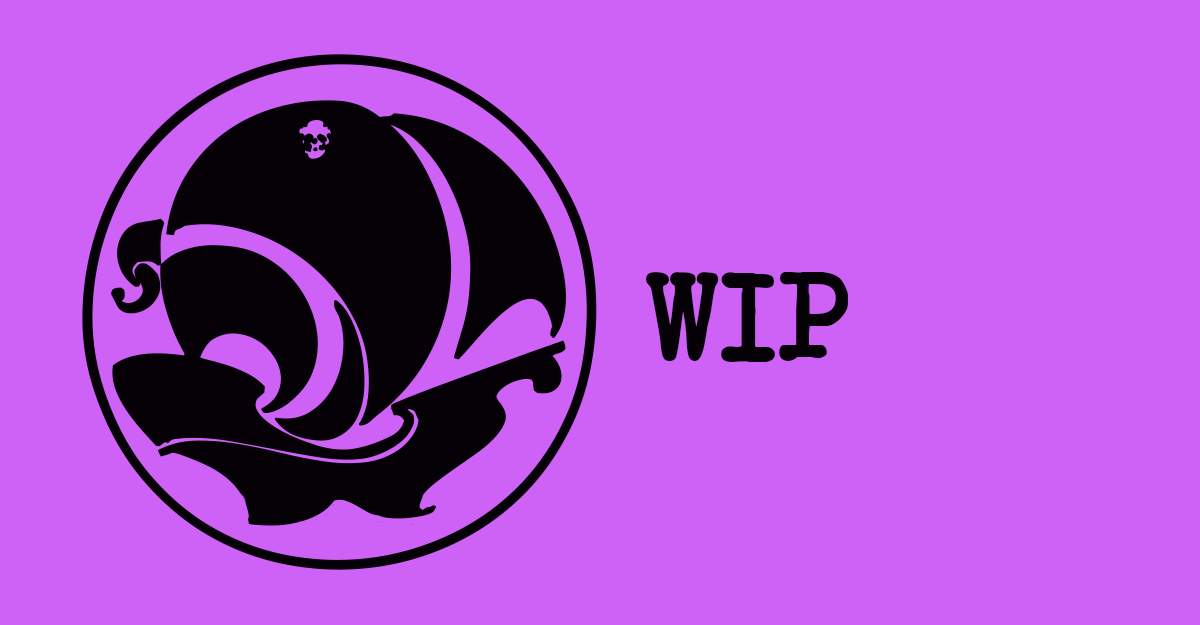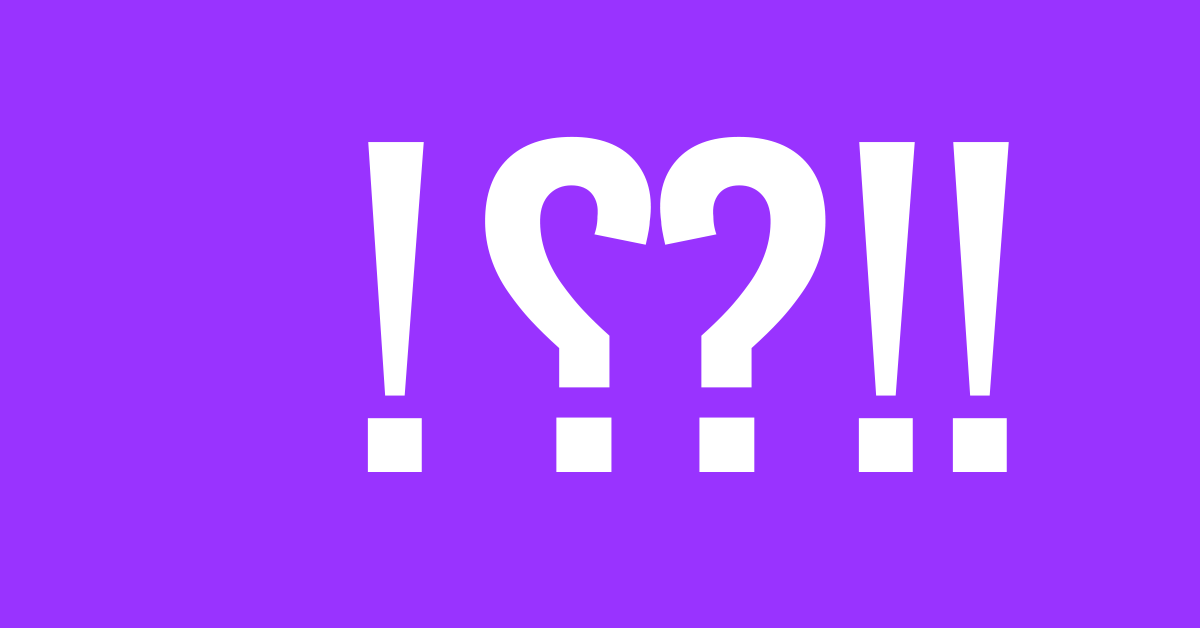In English below
Yötön yö pisti pään pyörälle ja bloginkin vähän jumiin, joten starttailen uuteen nousuun kevyesti sadan sanan raapaleella ja pienellä kokeilulla. Kirjoitin saman tarinan sekä suomeksi että englanniksi, mutta tällä kertaa en tehnyt vain käännöstä, vaan mitoitin tarinan kummallakin kielellä raapaleen mittaa eli tasan sataan sanaan nähdäkseni eron niiden välillä. Suomeksi tilaa kuvailulle ja sivuhuomioille oli enemmän, mutta toisaalta englanninkielisestä versiosta tuli napakampi, jopa vähäsanaisuudessaan kiinnostavampi. Suomen kieli yhdyssanoineen ja sijapäätteineen antaa raapaleelle jo niin paljon mittaa, että sanamäärän rajoissa olisi mahdollista kirjoittaa kokonainen novelli.
Kiinnostavin huomio on kuitenkin se, ettei englanninkielisestä versiosta tarvinnut jättää yhtään tarinan kannalta olennaista asiaa pois, vaikka muutaman kuvailun jouduinkin raa’asti leikkaamaan. Toisaalta se voi tarkoittaa myös sitä, että suomenkielisessä versiossa on edelleen löysää ja sanavalintoja huolellisesti miettimällä, myös tarinaan olisi mahtunut enemmän syvyyttä.
Kumpi versio sinun mielestäsi toimii paremmin?
Yötön yö
Janottaa. Makaan paikallani hengittämättä ja tunnen kuinka kitalakeni muuttuu nahkeaksi. Kieli on kuin hiekkapaperia hioessaan sen pintaa. Rahinan kuulee takaraivossa. Tämä on jatkunut jo useamman päivän. Oloni on alkanut muuttua tunkkaiseksi. Hikoilisin, jos voisin, mutta huokoseni huutavat tyhjyyttään. Tältäkö se tuntuisi? Olla vierotuksessa? Nälkälakossa? Kidutettuna vihollisen leirissä? Haluaisin kääntää kylkeä, mutta makuusijani on minulle mitoitettu, liian ahdas liikkua, päivänokosille tarkoitettu. Ajattelen ihan kiusallani kaulan kaarta, jossa suonet kiristyvät äärimmilleen, kun pään kääntää oikeaan asentoon. Aistikasta, mutta myös käytännöllistä anatomiaa. Kireään suoneen on helpompi upottaa hampaat. Kaamos, maistelen sanaa kuin haikeaa unelmaa. Kenen idiootin idea oli matkustaa Lappiin keskellä kesää, juhannuksena?
Englanninkielisen version voit lukea alempaa
In English
The nightless night made my head fuzzy and jammed my blogging a little. So I start again light. I wrote a drabble and at the same time did a little experiment. I wrote the same story both in Finnish and in English, but this time I did not just translate it. I wrote the story in both languages to a length of the exact 100 words to see the difference. There was more room for description and side comments in Finnish, but on the other hand, the English version became more compact, even more interesting. The Finnish language, with its compounds and case suffixes, already gives more room to play with the words and I think it would be possible to write a whole short story within the word limit.
The most interesting point, however, is that I didn’t have to exclude anything essential to the story to meet the word count in the English version, although some depictions had to be cut ruthless. On the other hand, it may also mean that the Finnish version still has a lot of looseness in word choices, and the story would have had more depth if I would cut the loose words and fill the word count with more story.
Which version you think works better?
The Nightless Night
I’m thirsty. I lay still and feel the roof of my mouth turn to leathery. My tongue scrapes it like sandpaper. It’s been days. I have started to feel frowsy. I’d sweat if I could but my pores are empty. Perhaps this is how it feels. Rehab. Hunger strike. Being tortured by the enemy. My fitted berth has no room to move. I torment myself by thinking about beautifully bent necks. So elegant but also anatomically practical. Teeth sink better in vain that is stretched. Polar night, what a wonderful word. Whose clever idea was a midsummer visit to Lapland?
The Finnish version of this drabble you can read above



